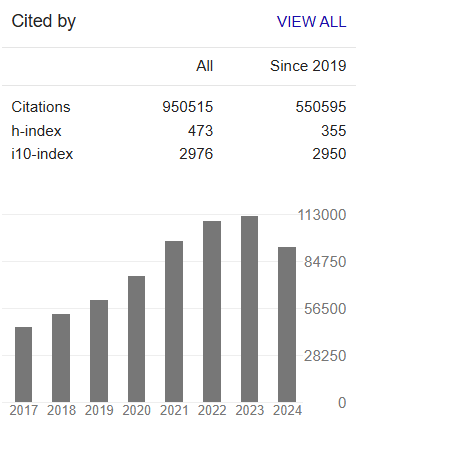Bioremediation Efficiency of Saccharomyces cerevisiae on Cadmium and Lead from Groundwater Obtained from Mining Community
Abstract
Ikhumetse AA
Water is a vital requirement for life and it is also an effective vehicle for the transmission of diseases if contaminated. Pollution caused by heavy metals is one of the major environmental problems that are imperative to be solved. Mining of solid minerals has been identified as an entry point of heavy metals into the environment consequently polluting various components of the environment such as soil and water. Bioremediation offers a promising means to reclaim such contaminated environment in an economical and eco friendly way. The focus of this study is to evaluate the bio sorption efficiency of cadmium and lead-resistant yeast from well water samples collected from Angwan Magiro, one of the lead-contaminated villages of Niger State, North Central Nigeria. Microbial enumeration of the water samples were carried out using pours plate technique, while physicochemical parameters were done by standard methods. Tolerance ability of the yeast isolates to the heavy metals was determined by cultivating on yeast broth supplemented with synthetic solutions of 1.50 mg/L cadmium concentration and 5.50 mg/L lead concentration. Based on the result of heavy metal tolerance assay, Saccharomyces cerevisiae was then selected to determine its efficiency in bio sorption of cadmium and lead in a rotary shaker incubated at an ambient temperature for a period of 28 days. Yeast cells were separated from solutions by centrifugation and the supernatants were analyzed for residual metals in solution using Atomic Absorption Spectrophotometer (AAS). Bio sorption experiment was carried out as function of solution pH. The results of this investigation reveal that Saccharomyces cerevisiae was efficient in the removal of lead with 99.54% and cadmium with 88.24% at pH 8.20. These findings suggest that Saccharomyces cerevisiae present in heavy metalcontaminated water could be an effective measure for remediation of the ecosystem.



